Editors Note: Another contribution from R. Ann Parris to The Prepper Journal. As always, if you have information for Preppers that you would like to share and possibly receive a $25 cash award, as well as being entered into the Prepper Writing Contest AND have a chance to win one of three Amazon Gift Cards with the top prize being a $300 card to purchase your own prepping supplies, then enter today!
Boy oh boy, to have come back for more … you have earned your biscuits and I wish you productive hens and no little red eggs or white butterflies in your gardens.
So, last time we created a pretty big “short” list of factors that combine to determine not only how much seed we need, but also how much land space. You got an example of how something like sustainability goals, or lack thereof, can affect how many seeds you’d want to stock because it changes what you’re planting. We also mentioned developing baselines, to see how things perform in your specific patch o’ dirt.
That “performance” aspect is the biggest variable.
That particular variable is why I don’t present any lists of “plant this many of this” – not even when I’m speaking to regional or local groups.
All I do, is make some guidelines available, and give people a few things to consider with each list – and with “all-in-one” kits of various kinds. I’ll give you the same.
 Corn is just one of many staples that comes in huge variety. I’ll need different amounts of seed (and land) to produce equal amounts with different crops.
Corn is just one of many staples that comes in huge variety. I’ll need different amounts of seed (and land) to produce equal amounts with different crops.
Seeds for the Future
The amount of seed we need to stockpile for planting changes based on seed size and coverage densities, by variety as well as general crop type.
Then our seed handling – mechanical v. manual planting, pre-soak or sprouting v. direct-sow – further affects how many seeds we set out, and how much land we need to prepare for those seeds.
Mechanical planters increase the risk of damaged seeds. Broadcasting usually has higher planting rates. Precipitation, soil nutrients and soil structure determine if I need extra spacing to avoid stunting, or would need more amendments or irrigation at the conventional densities for the yield I want.
Chickpeas and lentils average 2-4 seeds per pod, while common bean types can average 5-16 seeds per pod. Tomatoes have a finicky process to save seeds. Some crops need 3-7 seeds sown per desired adult plant due to low germination and survival rates.
All those listed factors really do play in together as a system, and the system determines how much seed and land we’d need to meet our goals.
Then there’s which seeds.
I could save just one melon, and plant a fair bit of land the next time, but I’ve just severely “bottle necked” my gene pool, which can lead to serious problems down the road.
 Plain soil, NPK additive, and biochar+NPK comparison of crop health & yield with a single variety of corn. Environmental factors matter in crop performance.
Plain soil, NPK additive, and biochar+NPK comparison of crop health & yield with a single variety of corn. Environmental factors matter in crop performance.
Other People Post Guides
Bless them for it. I don’t plan to.
Something that thrives and does well in the greater CSRA may be a low-yielding hothouse bunny for the DelMarVa. Apples do not ship from Arizona for a reason. Sheep in Seattle are going to be less-needy and higher-yielding than in Shreveport – changing the amounts of plant-based Vitamin D, calcium, and protein we need to produce.
In his foraging books, His Highness the Great Samuel Thayer (I’m a fan) offers a latitude and altitude conversion guide. Because, just blocks or miles or states apart, what grows and when changes by ‘tude.
Age, ability, and acreage also lead to very different suggestions. Our amendments and growing styles factor in.
Some guides are handy, either as general starting points for planting (which we will test) or for “extras” they offer. Still, they must be liberally seasoned with salt.
The canning jar article http://www.theprepperjournal.com/2016/07/21/how-many-canning-jars-do-you-need/ includes a chart that gives yield, seeds/starts per area, and space suggestions. She doesn’t tell you what varieties she’s sticking in those rows specifically, or how long it takes to grow them, so it’s only a starting point.
 Pole beans v. bush beans
Pole beans v. bush beans
There’s a whopping yield difference between a pole bean or melon vine that’s 3-6’ and one that’s 8-15’. Ditto for bush beans v. pole beans, favas v. lentils, pintos v. kidneys. Short-season and drought-tolerant regional heirlooms tend to yield lower. Diseases and pests in warm, rainy areas may mitigate the yield advantage of a more productive regional heirloom.
It’s what makes me shake my head when I see numbers sometimes. See, sometimes the planting ranges make sense due to possible variations.
Sometimes, though, it’s stuff like “5-10 broccoli plants per person, 10-40 carrots per person” (http://www.wellfedhomestead.com/how-much-should-you-plant-in-your-garden-to-provide-a-years-worth-of-food), or “10 squash and zucchini per person, 75 sweet potatoes per person” (Back to Basics via https://www.newlifeonahomestead.com/how-much-should-i-plant/).
Those are huge ranges.
Even so, the high-end is still not enough broccoli or carrots for each of my family. Flip side, 10 squash and 75 sweets per person could be overwhelming harvests – respectively, 50-200# and 150-250# each, on moderate years (Georgia Jet to Beauregard’s).
Then, there’s TWO (2) autumn-winter squash recommended in the first link.

Ever grow Hubbard, butternut, kuri, and Jester squash? Two plants could yield anywhere from 6 to 24 squash – 5-90 pounds – depending on variety, pests and care. That’s an enormous and ridiculous range to give somebody without more specifics.
That’s why I don’t give blanket guidelines. Because, it depends.
It depends on the year (luck), skill, and method as much as the variety and location.
Try to find the seeding rates for the style you want to duplicate in your area. For some generic starting points, there’s a list here among other goodies https://smallfarmersjournal.com/weights-measures/. Mississippi State Extension does a nice job of thumb-nailing some of the relationships between style and seeding rate due to plant density and survival, https://extension.msstate.edu/sites/default/files/publications/publications/p2401.pdf. Penn State’s extension service provided a nice gauge of when to increase seeding rates, https://www.no-tillfarmer.com/articles/5081-determining-seeding-rates-for-small-grains.
Remember, your extension office’s suggestions will be better for your garden and plots.
Even so, I actually like the VA Tech veggie guide https://pubs.ext.vt.edu/content/dam/pubs_ext_vt_edu/426/426-331/426-331_pdf.pdf. It gives seed-starts per row along with yield estimates and suggested amounts per person, and it’s nice enough to break plants down by a lot of types. Plus, it goes hand in hand with the planting date guide that’s page one of the pub – just switch your location’s frost dates around for the 0-date given the chart.
And speaking of charts…

A compilation of expected shelf life of seeds, in dry, generally constant 55-75 degree F storage – nothing fancy, paper bags & packets in a basket on a shelf. The listed years are the time you have to use seed before the germination rate starts dropping. – – – I no longer remember where I found this chart; it’s not my original work. If you know who made or posted it originally, let us know so it can be properly credited.
Seed Vaults & Kits
“Over 25K seeds!” “10-year shelf life!” “Plants an acre!” “Feeds a family of four!”
This is actually another one that really rates its own article. I’m not after naming names here, but please be aware of a few things when you consider these.
For starters, that family of four had better be rabbits if it’s is all they’re eating. Most “survival” seed vaults and kits are lacking in the same ways:
– Overall potential calories, proteins, & fats
– Regionally- or climate-specific varieties, to include short-season staples
Caveat: There are admittedly “survival garden” kits out there specifically for proteins, grains, oil seeds, and staples in general. There’s also companies that do make regional kits.



Three sets of black beans. Differences? One’s Zorro, specifically bred for uniform maturity in Michigan’s semi-rainy but shorter summers, regionally high-yielding and highly disease resistant. One’s the original Black Magic, developed in the U.K. – a bigger bean, lousy “green bean”, mediocre productivity anywhere humid & hot, great for a Seattle-type climate but too long-growing for Montana & North Dakota. And one? Well, I have no idea who produced it, how long it takes, where it yields best, or its spacing-nutrient-disease-pesticide needs. It’s whatever is in somebody’s survival seed vault.
– Inflated seed numbers (how much basil & borage are you really going to plant?)
– Further inflate numbers with perennials that won’t bear much in the first year
– Use a weight measure for seeds (which, divided out, can end up being 12-30 bean, melon & corn seeds … Pssst. That’s not gonna feed you all that much.)
– Declare the storage life using the longest-lived individual or upper 25-50% of the seeds in the best of storage conditions
 Amazon question-answer – From the seller: “Some of the seeds won’t store for long term no matter how they’re stored…” (Full disclosure: When this one is $75-90 instead of $180-230, it’s actually a good deal as a starter or booster kit, and you can download the guide before buying to see what applies to your zone, although there’s 300 borage and similar inflation’s to be aware of … and corn isn’t as delicate as the supplier thinks.)
Amazon question-answer – From the seller: “Some of the seeds won’t store for long term no matter how they’re stored…” (Full disclosure: When this one is $75-90 instead of $180-230, it’s actually a good deal as a starter or booster kit, and you can download the guide before buying to see what applies to your zone, although there’s 300 borage and similar inflation’s to be aware of … and corn isn’t as delicate as the supplier thinks.)
Now, referencing that chart above (which I’ll confirm – except spinach; spinach seeds never last long for me), a bedroom closet keeps my seeds for 3-5 years. I have a daily quart-plus of green beans and quarter-cup of dry beans coming off 30 abused 6-year-old black bean seeds that became 20 neglected and abused 10-15’ vines.
Then there’s this kit/vault, good for 5-15 years, maybe some seeds will last 20 in ideal storage – usually called 50-65 degrees or a freezer. Who knows how well those seeds are going to yield, or for how long.
So … why am I spending money on that packaging?
Without having a true Svalbard (which just flooded, by the way), the difference between storage in a Mylar bag and a tin can, versus Ziploc and an empty coffee tub is … pretty slim. Really.
Just make sure you’re paying for quality seeds applicable to your zone from a trusted grower, not fear-sales advertising or packaging that won’t appreciably extend the life of your chives.
Also, if a product is claiming 10-20 years, make sure they’ve been around long enough to have done independent testing on that claim – and get the by-variety shelf-life results.
Those results are somewhere. If they hedge and won’t deliver them … this calls for an extra grain of salt.

How Much Seed To Stockpile
Man, I really wish there was an easy golden bullet for this one, I do. But there’s not.
On one hand, I’m tempted to say “the world is never enough” but it makes no sense for people to stock things they don’t know how to use. Seeds fall into that category. Other hand, even if you don’t have space or knowledge, this isn’t the parts to a computer or a pony here – there’s a chance you can find help or extra space. But that leaves all the other factors up in the air.
What it comes down to is the only one-size-fits-all garden rule, the one constant we repeat, early and often:
Get Started. Now.
The more you do now, the more of the learning curve you’ve already passed.
 “Foods That Will Win The War” calorie guide, 1918 – This was long before we got fat, and is not based on Cold Dark Northland winter needs.
“Foods That Will Win The War” calorie guide, 1918 – This was long before we got fat, and is not based on Cold Dark Northland winter needs.
Figure out the calories you need, and then the calorie yields of foods you can produce in your area. Then figure out what those foods need in turn.
Here’s one rule of thumb I will give you: Grains tend to average about 1500-1600 calories per pound (dry). Beans tend to be more variable, but 1500/dry pound is close.
A half-pound of dry beans and a half-pound of dry grains is a whopping pile once cooked, but it can provide a baseline for calculations. You multiply by days to see how many pounds you need – harvest to harvest plus next year’s seeding – and divide by your average yield using your baseline seeding rates.
That’s how much seed you need – ideally with some leeway for bad years.
You can start with published yield averages or suggested plants per person, but start now. See if your yields would multiple outward and match those averages. Adjust accordingly.
Anything you add into your garden or crops, you’re going to have to stock for the duration you expect to be growing, or learn to produce yourself for sustainability. So that will require additional space and labor, one way or another.
I wish there was an easier answer, but unfortunately, in this case … it still depends.
. How prepared are you for emergencies?
#SurvivalFirestarter #SurvivalBugOutBackpack #PrepperSurvivalPack #SHTFGear #SHTFBag


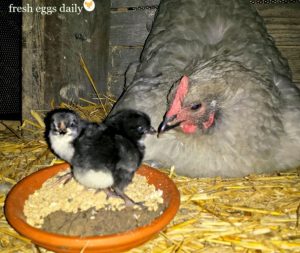
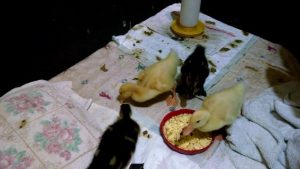

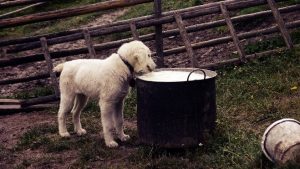
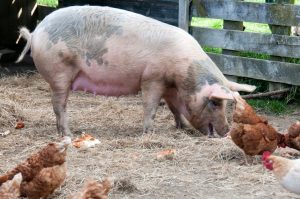

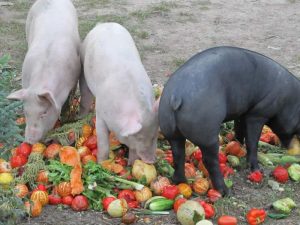
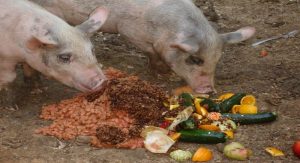
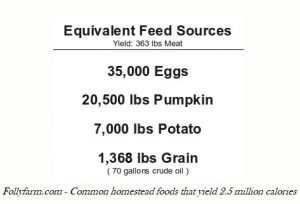

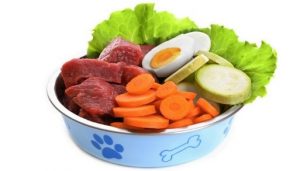
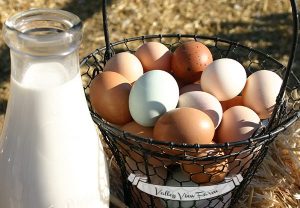
 This is the weapon you should always carry and have on hand when a rifle or shotgun is impractical. Choose a defensive handgun that is comfortable to shoot under any circumstances and feels comfortable to carry all day.
This is the weapon you should always carry and have on hand when a rifle or shotgun is impractical. Choose a defensive handgun that is comfortable to shoot under any circumstances and feels comfortable to carry all day.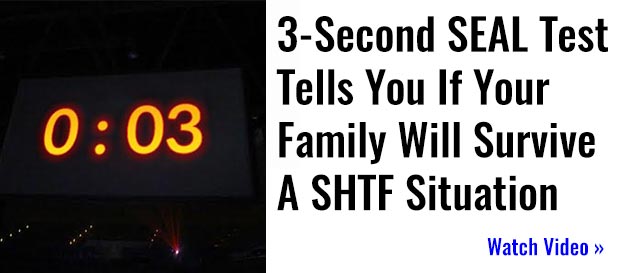



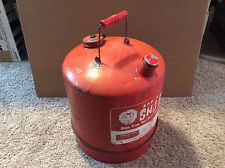

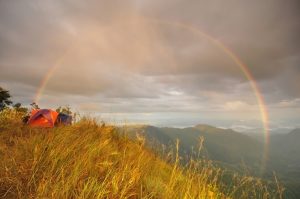




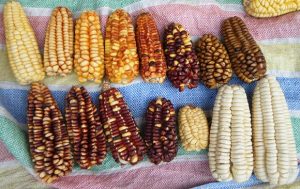 Corn is just one of many staples that comes in huge variety. I’ll need different amounts of seed (and land) to produce equal amounts with different crops.
Corn is just one of many staples that comes in huge variety. I’ll need different amounts of seed (and land) to produce equal amounts with different crops. Plain soil, NPK additive, and biochar+NPK comparison of crop health & yield with a single variety of corn. Environmental factors matter in crop performance.
Plain soil, NPK additive, and biochar+NPK comparison of crop health & yield with a single variety of corn. Environmental factors matter in crop performance.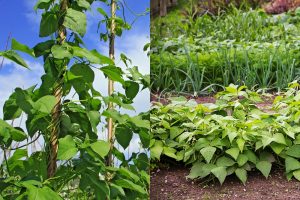 Pole beans v. bush beans
Pole beans v. bush beans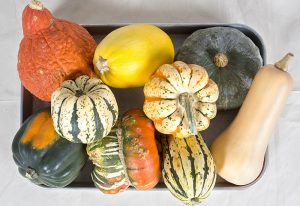
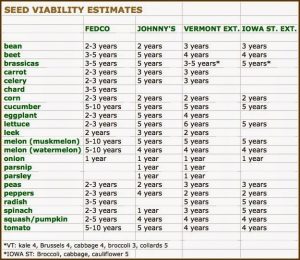
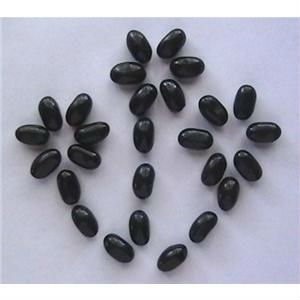
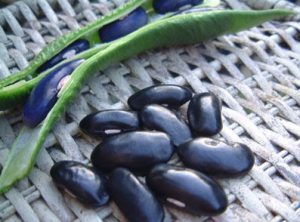
 Amazon question-answer – From the seller: “Some of the seeds won’t store for long term no matter how they’re stored…” (Full disclosure: When this one is $75-90 instead of $180-230, it’s actually a good deal as a starter or booster kit, and you can download the guide before buying to see what applies to your zone, although there’s 300 borage and similar inflation’s to be aware of … and corn isn’t as delicate as the supplier thinks.)
Amazon question-answer – From the seller: “Some of the seeds won’t store for long term no matter how they’re stored…” (Full disclosure: When this one is $75-90 instead of $180-230, it’s actually a good deal as a starter or booster kit, and you can download the guide before buying to see what applies to your zone, although there’s 300 borage and similar inflation’s to be aware of … and corn isn’t as delicate as the supplier thinks.)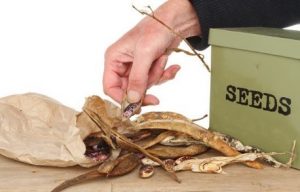
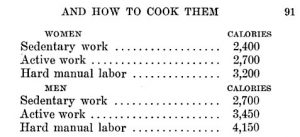 “Foods That Will Win The War” calorie guide, 1918 – This was long before we got fat, and is not based on Cold Dark Northland winter needs.
“Foods That Will Win The War” calorie guide, 1918 – This was long before we got fat, and is not based on Cold Dark Northland winter needs.